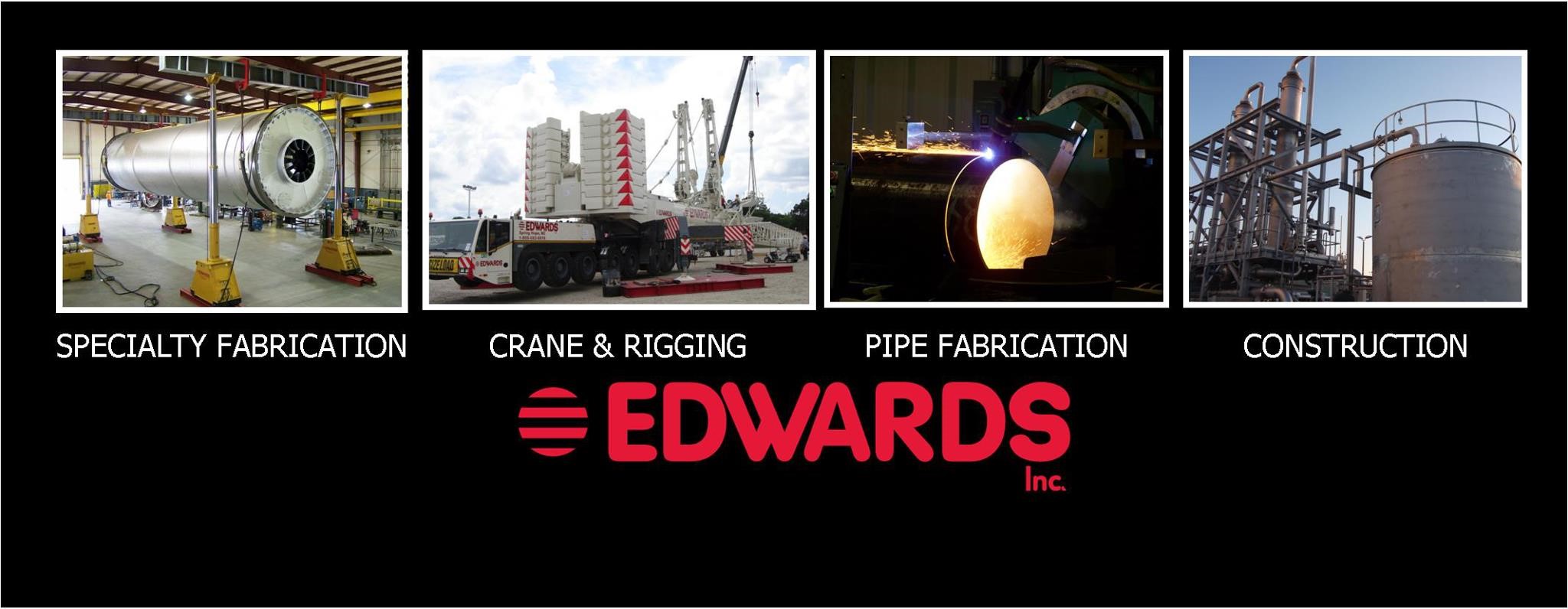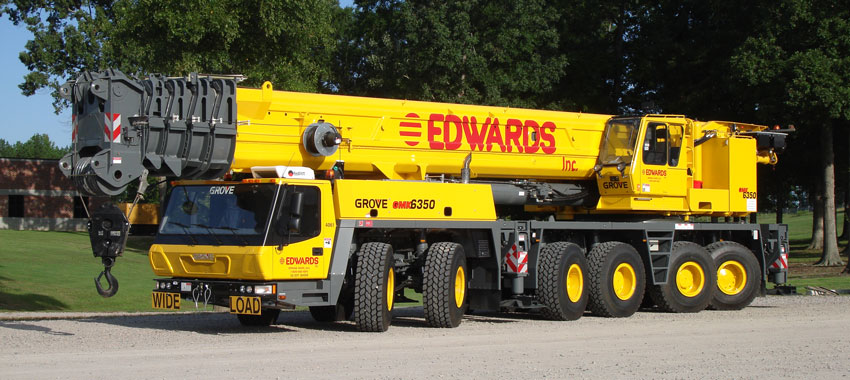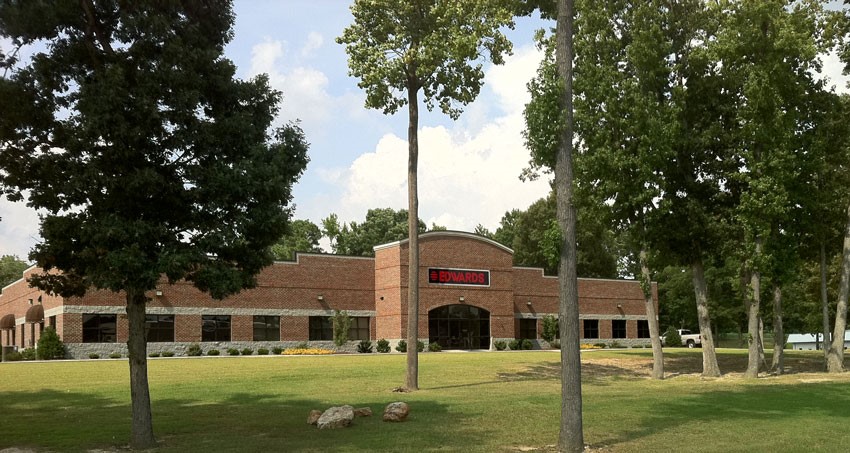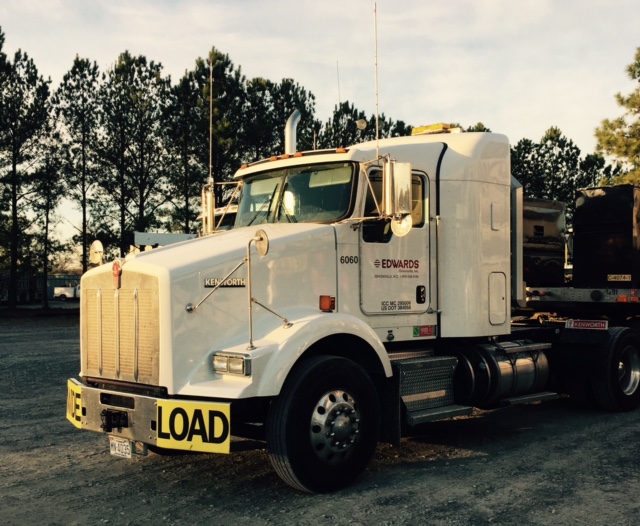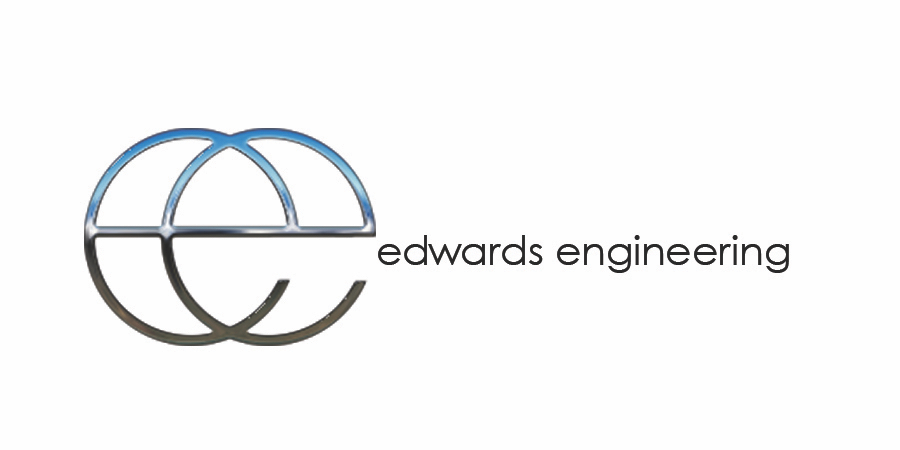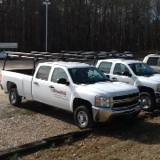Information
-
Client / Site / Location
-
Scope of Work
-
Supervisor
-
Prepared by
-
Conducted on
1.0 - Job Tasks
-
1.1 - Pre-work plan defining scope of work, job hazards, risk, prevention, and PPE (Personal Protective Equipment) has been completed, communicated to crew, and all parties have signed. (PTP, AHA, JHA, JSA, etcetera)
-
1.2 - Adequate administrative/risk controls? (examples: no job rotation, lighter loads, trolleys, lifting equipment, etcetera )
-
1.3 - Personnel has been trained in risk controls and safe lifting techniques?
2.0 - Working at Heights
-
2.1 - Risk of falls 6 feet or more are minimized with fall protection? (including voids, pits, and trenches)
-
2.2 - Guard rail systems are in place and provide complete edge protection?
-
2.3 - Harnesses and lanyards are safe and free from damage or defects?
-
2.4 - Harness and lanyard tags are in place and legible?
-
2.5 - Safe anchor points are being utilized?
-
2.6 - Fall protection equipment is being used properly to maintain 100% tie off?
3.0 - Tools and Equipment
-
3.1 - Tools and equipment are free of damage or defects? (including missing or damaged guards)
-
3.2 - Correct tools or equipment for job? (e.g. grinding discs for cutting)
-
3.3 - Safe and compatible attachments are being used with tools and equipment?
-
3.4 - Tools and equipment are being operated by qualified operators?
-
3.5 - All mobile equipment operators are trained and have training cards. (Forklift, Aerial Lift, Bobcat, Backhoe, Etcetera)
-
3.6 - Safe work instructions have been conveyed to tool and equipment operators?
-
3.7 - Personnel has been trained in safe operation, clean-up, and maintenance?
-
3.8 - Lock Out Tag Out procedures are in place and are being practiced when needed for cleaning, servicing, and maintenance?
-
3.9 - Daily inspections have been conducted and documented?
-
3.10 - When the possibility of dropping tools and equipment onto personnel below arises, tools and equipment will be properly contained or tethered?
4.0 - Scaffolds
-
4.1 - Only trained personnel is working on scaffolding?
-
4.2 - The scaffolding system is safe and complete?
-
4.3 - Scaffold system was inspected and documented by a competent person before use?
-
4.4 - Scaffold components are compatible?
-
4.5 - Safe Work Load (SWL) has been confirmed and shall not be exceeded? (tools, stored materials, number of persons)
5.0 - Lifting Equipment
-
5.1 - Safe lifting practices are being utilized?
-
5.2 - Loads are not being lifted over persons or within 20 feet of overhead power lines?
-
5.3 - Rigging equipment is being properly maintained, tested, and inspected?
-
5.4 - Safe Work Load information displayed?
-
5.5 - Rigging equipment, including wire ropes, synthetic slings, chains, and hooks are safe and free from damage or defects?
-
5.6 - Rigging equipment has legible manufactures tags?
-
5.7 - The WLL (Working Load Limit) of lifting equipment is not being exceeded?
6.0 - Ladders
-
6.1 - Are all ladders industrial strength? (non household rated)
-
6.2 - Are ladders in good condition?
-
6.3 -Are all ladders non conductive?
-
6.4 - Are ladders being used as the manufacture intended according to instructions?
-
6.5 - Are all ladder ropes, pulleys, treads, spreader bars, etcetera in good condition?
-
6.6 - All ladder labels are in place and legible?
7.0 - Hazardous Chemical
-
7.1 - Safe storage locations? (away from flammables near ignition sources, spills, storm water drains, etcetera)
-
7.2 - Incompatible chemicals are separated and not being stored near each other? (Flammable/Oxidizers, Oxygen/Acetylene, etcetera)
-
7.3 - Compressed gas cylinders are properly stored and secured with non combustible restraint?
-
7.4 - Safety Data Sheets are accessible on site?
-
7.5 - Emergency spill and clean up procedures have been defined and are understood?
-
7.6 - Excessive quantities are not stored on site or in vehicles?
-
7.7 - Job site has sufficient ventilation?
-
7.8 - Proper PPE is being utilized?
-
7.9 - Acceptable storage containers are being used for secondary containment?
-
7.10- All containers are properly labeled to comply with G.H.S. labeling requirements.
8.0 - Emergency Response
-
8.1 - Assembly points and evacuation routes have been clearly defined and communicated?
-
8.2 - Adequate first aid kits and safety equipment is readily available on site?
-
8.3 - Fire extinguishers are readily available and have been inspected?
-
8.4- Personnel has been trained in the use of fire extinguishers and the adequate size extinguisher is readily available?
-
8.5 - Combustibles have been removed from the area or have been sufficiently covered?
9.0 - Personal Protective Equipment (PPE)
-
9.1 - The correct PPE is being used and is in good condition?
-
9.2 - Employees have been trained and displays a good understanding of the use, cleaning, and inspection of PPE?
10.0 - Work Environment
-
10.1 - The job site has adequate amenities? (toilets, wash areas, lunch rooms, etcetera)
-
10.2 - The job site has sufficient lighting?
-
10.3 - Are adequate housekeeping measures being performed?
-
10.4 - Job site atmosphere is being routinely monitored and evaluated? (excessive noise, smoke, dust, gases, fumes, vapors)
11.0 - Electrical Hazards
-
11.1 - Drop cords and welding leads are safe and free of damage or defects and are current on monthly assured grounding inspections?
-
11.2 - GFCI protection is being maintained?
-
11.3 - Outlets are not being overloaded?
-
11.4 - Leads are not placed on ground or near wet surfaces?
-
11.5 - Electrical equipment is not exposed to water?
-
11.6 - Electrical equipment is kept clear from flammables?
-
11.7 - Electrical leads will not come in contact with moving machinery parts and/or sharp edges?
-
11.8 - Lock-out/tag-out (LOTO) procedures for electrical equipment are in place and are being practiced?
12.0 - Environmental Hazards
-
12.1 - Crew members are adhering to site specific Environmental Management Plan (EMP)?
-
12.2 - Job site has adequate dust suppression system?
-
12.3 - Job site has adequate systems to prevent contaminants from entering storm water drains?
13.0 - Administrative Procedures
-
13.1 - Job specific Site Safety Plan is on site?
-
13.2 - Work permits were acquired before work began? (Work,Hot Work, Excavation, Confined Space, Lifting, etcetera)
-
13.3 - Job site has sufficient supervisory arrangements?
-
13.4 - Personnel has adequate training, qualifications, skills, and experience?
-
13.5 - Personnel knows and understands Edwards Inc. incident notification procedures?
Corrective Actions
-
Enter any corrective actions that will be undertaken
Customer Comments
Sign Off
-
Job Number
-
On site representative
-
Auditor's signature
